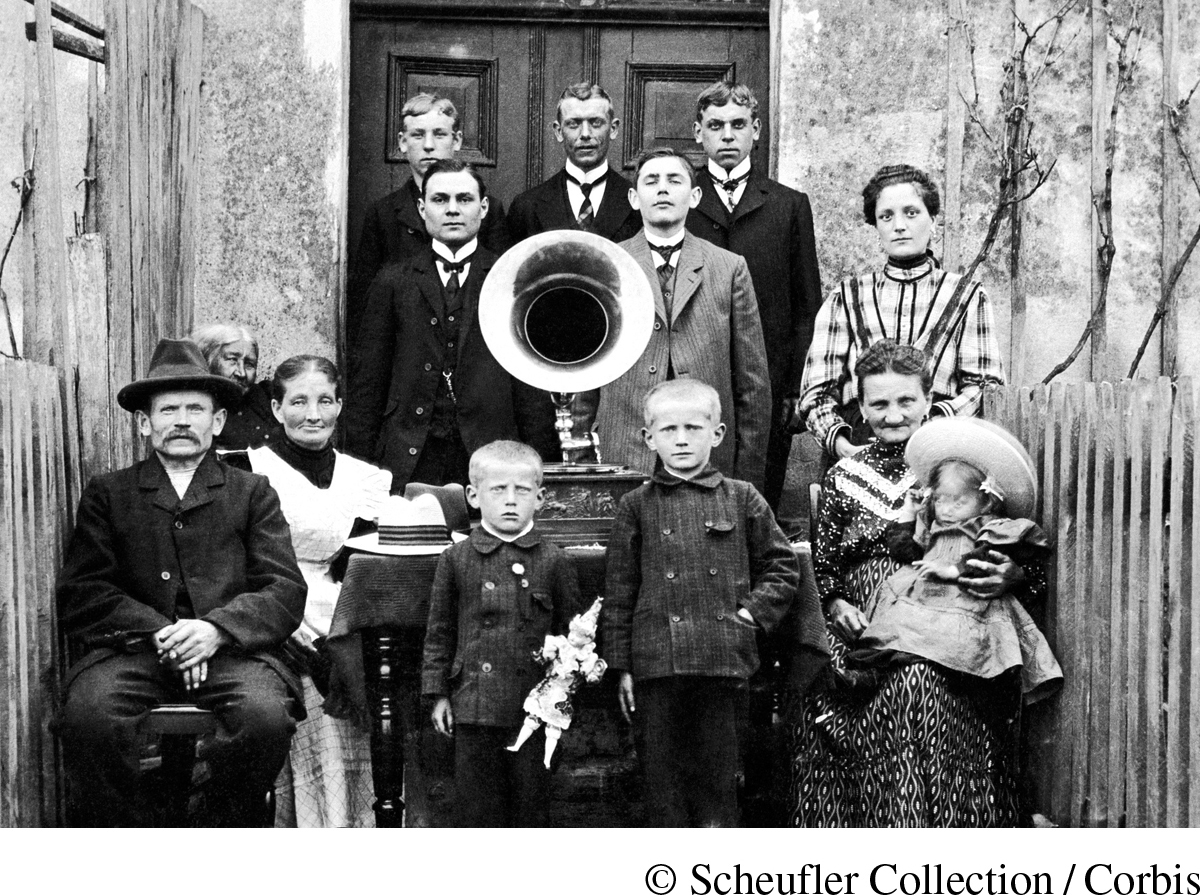Population Pressure
Population Pressure
From the 1890s on, European politicians and the public hotly discussed urgent concerns over trends in population, marriage, and sexuality. The European population continued to grow as the twentieth century opened. Germany’s population increased from 41 million in 1871 to 64 million in 1910, and tiny Denmark’s grew from 1.7 million in 1870 to 2.7 million in 1911. Contributing to the increase were improvements in sanitation and public health, which reduced infant mortality and extended the average human life span. Following the earlier examples of Vienna and Paris, planners tore apart and rebuilt Budapest, Moscow, and Berlin (whose population grew to over 4 million). Less-powerful states also rebuilt cities to absorb population growth: the Balkan capitals of Sofia, Belgrade, and Bucharest gained tree-lined boulevards and improved sanitation facilities.
While the absolute size of the population was rising in the West, the birthrate (measured in births per thousand people) was falling. The birthrate had been decreasing in France since the eighteenth century; other European countries began experiencing the decline late in the nineteenth century. The Swedish birthrate dropped from thirty-five births per thousand people in 1859 to twenty-four per thousand in 1911; Germany went from forty births per thousand in 1875 to twenty-seven per thousand in 1913.
Industrialization and urbanization helped bring about this change. Farm families needed fewer hands because new agricultural machinery was taking the place of human laborers. In cities, individual couples were free to make their own decisions about limiting family size, learning from neighbors or, for those with enough money and education, from pamphlets and advice books about birth-control practices, including coitus interruptus (the withdrawal method of preventing pregnancy). Industrial technology played a further role in curtailing reproduction: condoms, improved after the vulcanization of rubber in the 1840s, proved fairly reliable in preventing conception, as did the diaphragm. Abortions were also common.
The wider use of birth control roused critics who accused middle-class women of holding a “birth strike.” Bishops in the Church of England condemned family limitation as “demoralizing to character and hostile to national welfare.” Politicians worried that the drop in the birthrate was due to a crisis in masculinity, which would put military strength at risk. The “quality” of those being born troubled activists: If the “best” classes had fewer children, politicians asked, what would society look like if only the “worst” classes grew in number? The decline in fertility, one German nationalist warned, would fill the country with “alien peoples, above all Slavs and probably East European Jews as well.” Nationalist groups inflamed the political climate with such racial hatreds. Instead of building consensus to create an inclusive political community, politicians won votes by demonizing ethnic minorities, the poor, and women who limited family size.
